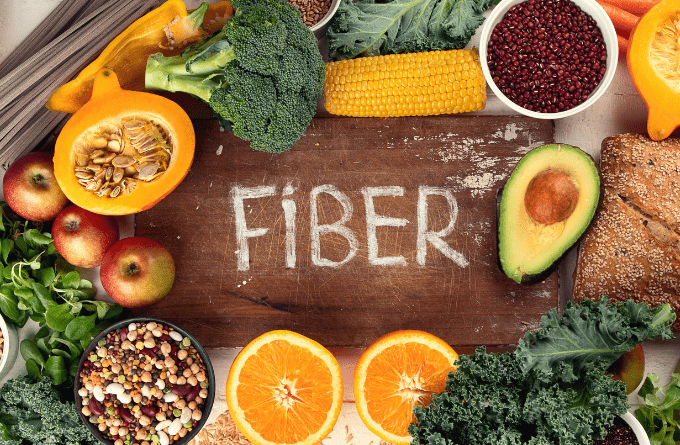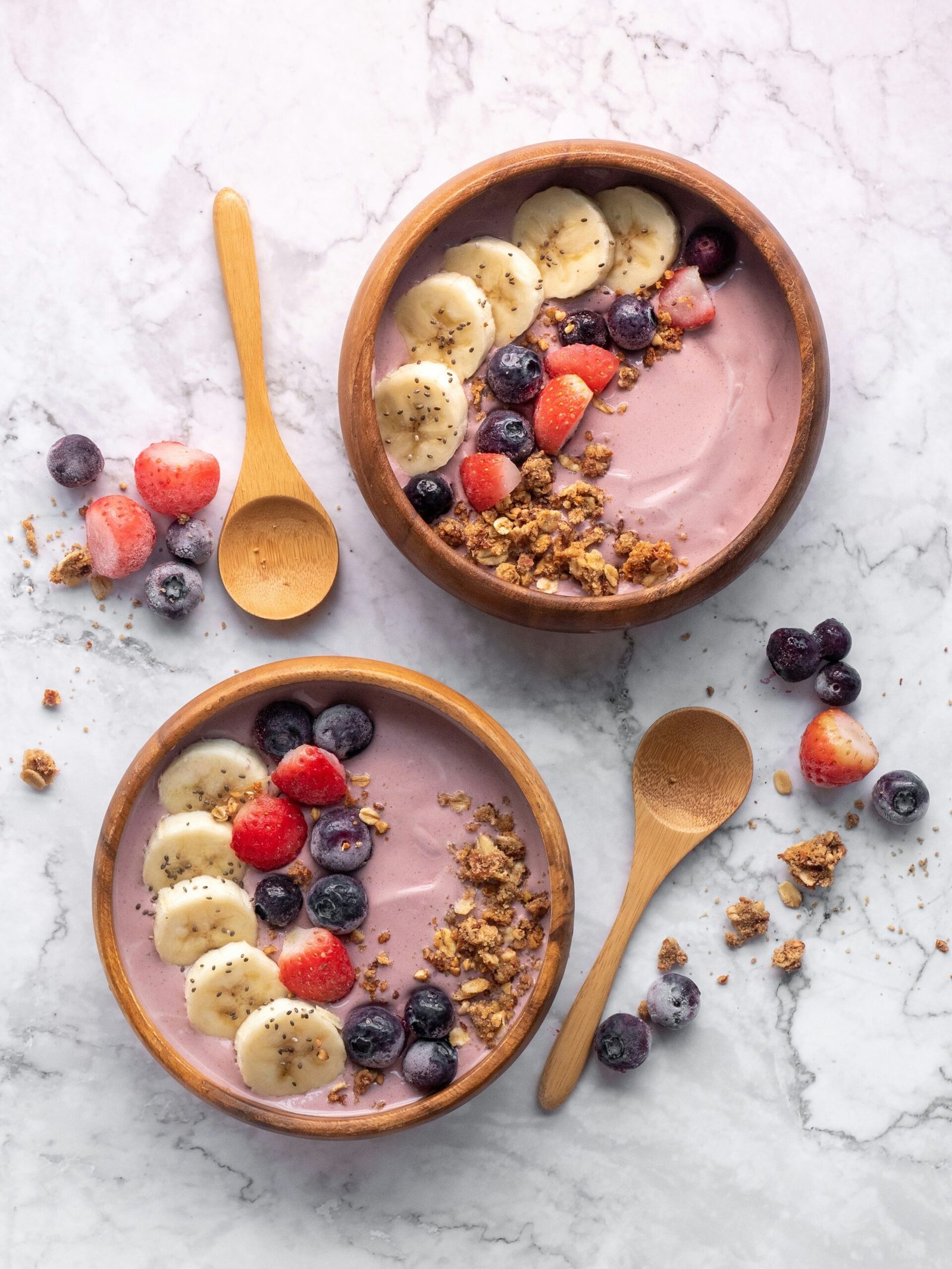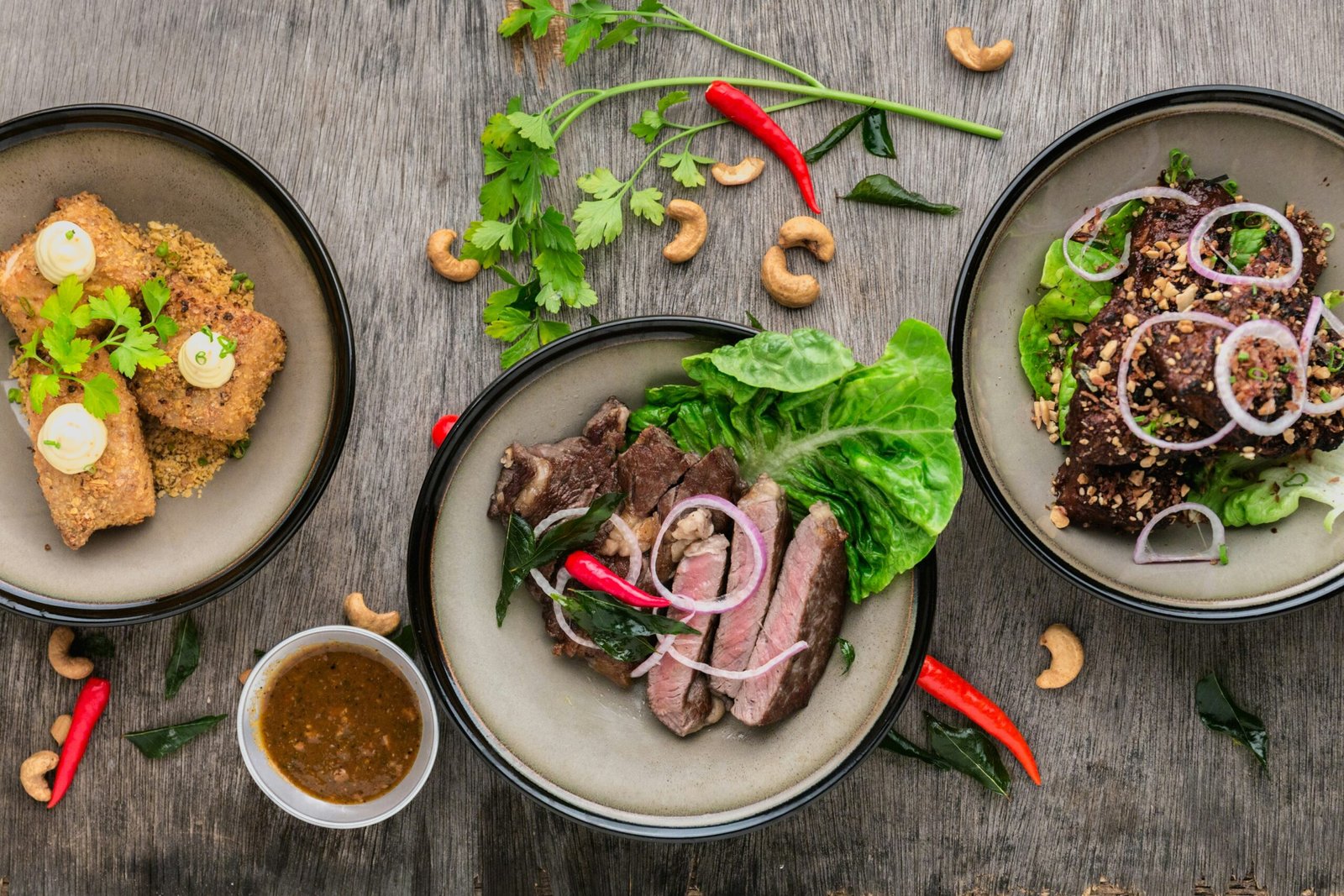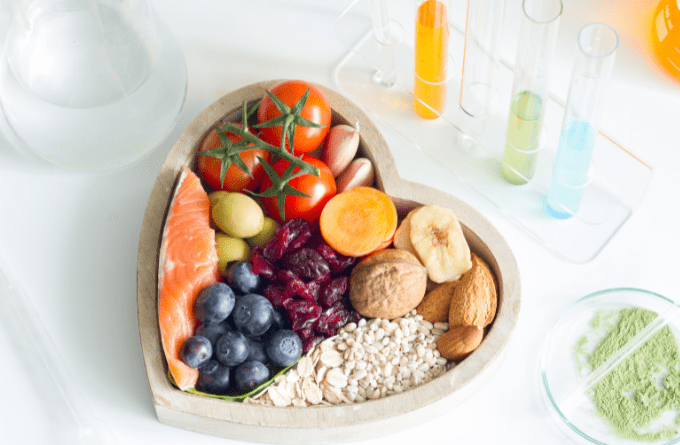
When it comes to maintaining a healthy diet, one of the key components is ensuring an adequate intake of high fiber foods. Fiber is an essential nutrient that plays a crucial role in our overall health and well-being. It not only aids in digestion but also provides numerous other health benefits.
The Benefits of High Fiber Foods
1. Improved Digestion: High fiber foods, such as fruits, vegetables, whole grains, and legumes, are rich in dietary fiber. This type of fiber adds bulk to the stool, making it easier to pass through the digestive system. It helps prevent constipation and promotes regular bowel movements.
2. Weight Management: Including high fiber foods in your diet can help you maintain a healthy weight. Fiber-rich foods are generally low in calories and provide a feeling of fullness, reducing the likelihood of overeating. They also take longer to chew and digest, which can help control hunger and prevent snacking between meals.
3. Lower Cholesterol Levels: Soluble fiber, found in foods like oats, barley, beans, and lentils, can help lower cholesterol levels. It does so by binding to cholesterol in the digestive system and preventing its absorption into the bloodstream. This can reduce the risk of heart disease and improve overall cardiovascular health.
4. Blood Sugar Control: High fiber foods can also help regulate blood sugar levels. Soluble fiber slows down the absorption of sugar, preventing rapid spikes in blood glucose levels. This is particularly beneficial for individuals with diabetes or those at risk of developing the condition.
Top High Fiber Foods to Include in Your Diet
1. Whole Grains: Whole wheat, brown rice, quinoa, and oats are excellent sources of fiber. They can be incorporated into your diet through bread, pasta, cereals, and side dishes.
2. Fruits: Apples, pears, berries, oranges, and bananas are all high in fiber. Snack on whole fruits or add them to your smoothies and salads for an extra fiber boost.
3. Vegetables: Broccoli, carrots, Brussels sprouts, and leafy greens like spinach and kale are packed with fiber. Aim to include a variety of vegetables in your meals to maximize your fiber intake.
4. Legumes: Lentils, chickpeas, black beans, and kidney beans are not only high in fiber but also a good source of plant-based protein. Add them to soups, stews, salads, or make delicious bean-based dishes.
5. Nuts and Seeds: Almonds, chia seeds, flaxseeds, and sunflower seeds are all high in fiber. They make for a nutritious snack or can be added to your breakfast cereal or yogurt.
Tips for Increasing Your Fiber Intake
1. Start Slowly: If you’re not used to consuming high fiber foods, it’s important to gradually increase your intake. Sudden changes can lead to digestive discomfort, such as bloating and gas. Begin by adding small amounts of fiber-rich foods to your diet and gradually increase over time.
2. Stay Hydrated: Fiber absorbs water, so it’s crucial to drink an adequate amount of fluids throughout the day. Aim for at least 8 glasses of water and include hydrating foods like fruits and vegetables in your diet.
3. Read Food Labels: When grocery shopping, check the nutrition labels for the fiber content of packaged foods. Look for products that contain whole grains and avoid those that are highly processed.
4. Experiment with Recipes: Incorporate high fiber foods into your favorite recipes. For example, add vegetables to pasta dishes, use whole grain flour in baking, or include legumes in your soups and stews.
Interesting Fact
High fiber foods like fruits, vegetables, whole grains, legumes, nuts, and seeds aid digestion by adding bulk to stool, promoting regular bowel movements, and preventing constipation.
Useful Information
These foods aid weight management by inducing a feeling of fullness, controlling hunger, and reducing calorie intake. They also help lower cholesterol levels and regulate blood sugar, benefiting heart health and managing diabetes.
Did You Know
Incorporating whole grains, fruits, vegetables, legumes, nuts, and seeds in your diet gradually helps increase fiber intake. Starting slow, staying hydrated, reading food labels, and experimenting with recipes are key strategies.
High Fiber Foods: FAQ
1. What benefits do high fiber foods offer? They aid digestion, manage weight, lower cholesterol, and regulate blood sugar, benefiting overall health.
2. What are some sources of high fiber foods? Whole grains, fruits, vegetables, legumes, nuts, and seeds are excellent sources rich in dietary fiber.
3. How can I increase my fiber intake? Start gradually, stay hydrated, read food labels for fiber content, and experiment with recipes to include more high fiber foods.
4. Why is gradual increase important in consuming high fiber foods? A gradual increase prevents digestive discomfort like bloating and gas that sudden changes in fiber intake may cause.
5. What role do high fiber foods play in weight management? They induce a feeling of fullness, control hunger, and reduce calorie intake, aiding in weight management and preventing overeating.
Conclusion
Including high fiber foods in your diet is essential for maintaining optimal health. Not only do they promote healthy digestion, but they also aid in weight management, lower cholesterol levels, and regulate blood sugar. By incorporating a variety of fruits, vegetables, whole grains, legumes, nuts, and seeds into your meals, you can easily increase your fiber intake and enjoy the numerous health benefits that come with it.








